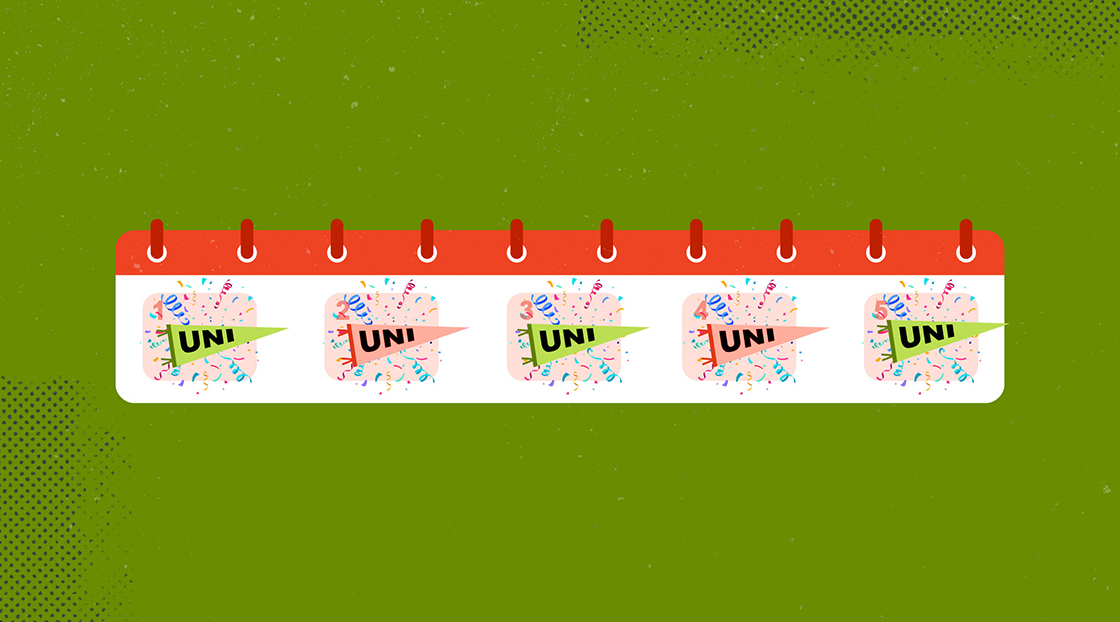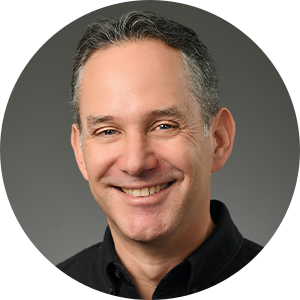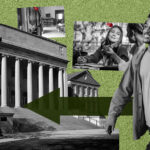I recently took my 17-year-old daughter Anya on a weeklong excursion to Massachusetts for a parent–child rite of passage—the college tour. With a week off school for teacher conferences, we fueled up with gas (and lots of coffee) for a whirlwind tour of eight college campuses.
As someone who develops marketing content and strategies for higher education for a living, it was eye-opening to see admissions marketing in the wild and to find out how prospective students experience a college through information sessions and tours.
Below are 10 observations on the state of admissions marketing from our focus group of two.




